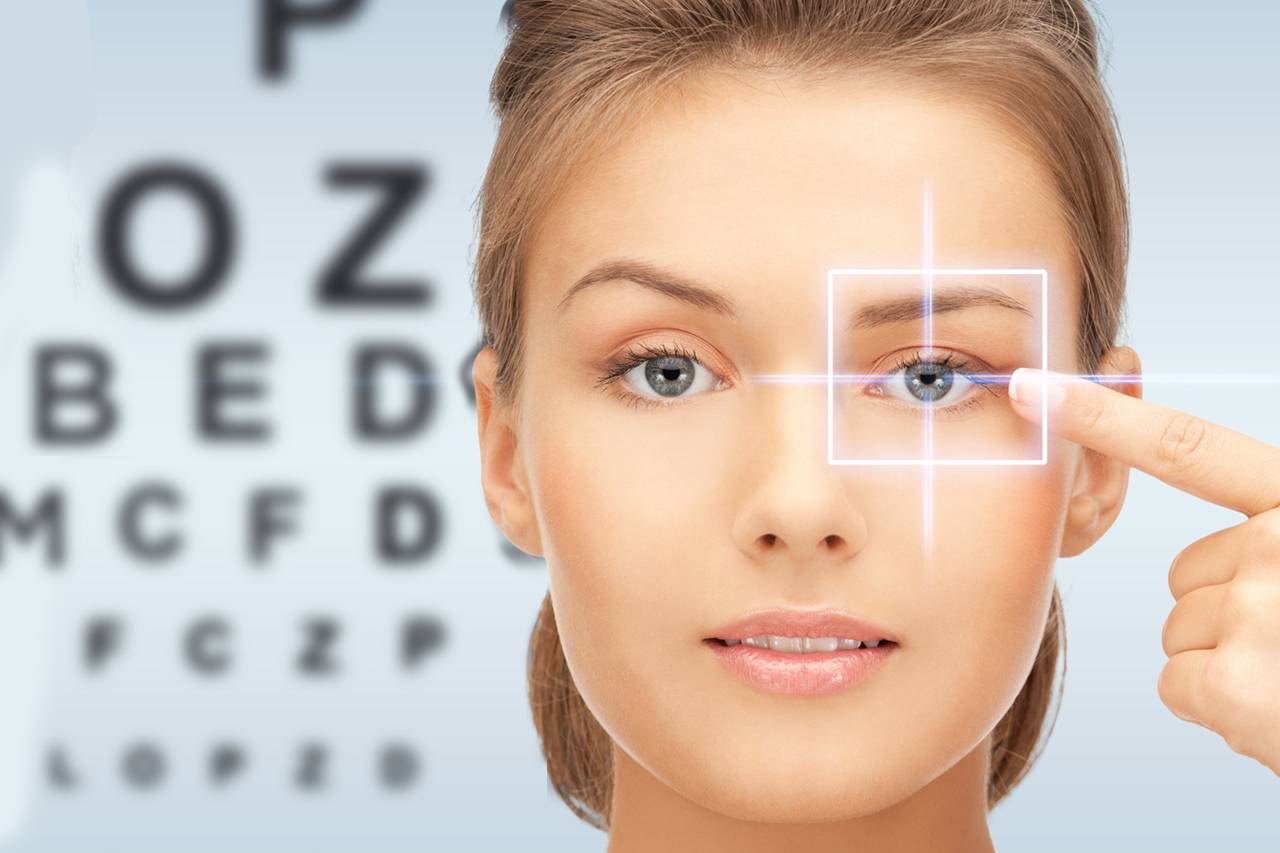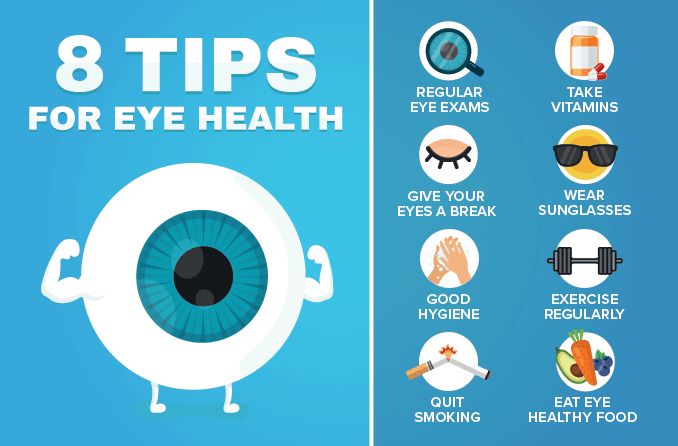Top Cardiologist in Andalusia: Discover Specialist Clinics Near You
Top Cardiologist in Andalusia: Discover Specialist Clinics Near You
Blog Article
The Total Breakdown of Retina Disorders and How They Impact Your Vision
Retina problems can interrupt this delicate procedure, leading to a variety of vision disabilities. By exploring the anatomy of the retina, typical conditions that can impact it, their causes, symptoms, and readily available therapy choices, we can obtain important insights right into maintaining and protecting our vision.
Overview of Retina Anatomy
The elaborate framework of the retina functions as the foundation for aesthetic perception and plays an essential duty in the procedure of transforming light into neural signals for the brain to analyze. Located at the rear of the eye, the retina includes numerous layers that interact effortlessly to promote vision. At the core of this complex framework are photoreceptor cells referred to as poles and cones. Rods are accountable for vision in reduced light conditions and detecting motion, while cones are essential for shade vision and comprehensive visual skill. These photoreceptor cells convert light energy right into electrical signals that are then processed by various other retinal cells, such as bipolar cells and ganglion cells. The bipolar cells beam from the photoreceptors to the ganglion cells, which subsequently send these signals with the optic nerve to the mind for aesthetic handling. Recognizing the complex makeup of the retina is essential in understanding how vision functions and how different retina problems can influence aesthetic understanding.

Usual Retina Disorders
Retina problems include a variety of problems that affect the intricate structure of the eye in charge of aesthetic processing. One usual problem is age-related macular deterioration (AMD), a leading reason of vision loss in individuals over 50. AMD impacts the macula, a part of the retina important for sharp main vision, causing blurriness or dead spots in the main visual area.
Another widespread problem is diabetic retinopathy, happening in individuals with diabetes. High blood sugar levels damage the blood vessels in the retina, causing vision disability or blindness if left neglected. Retinal detachment is a major condition where the retina retreats from its normal placement, causing an abrupt beginning of advances, flashes of light, or loss of vision in a curtain-like pattern.
Finally, retinitis pigmentosa is a group of congenital diseases that trigger the break down and loss of cells in the retina, bring about evening loss of sight and a steady constricting of the visual area - eye doctors in andalusia. Recognizing these typical retina disorders is vital in preserving vision and looking for timely clinical intervention
Sources Of Retina Disorders
Different factors add to the development of retina problems, including hereditary tendencies, way of living choices, and underlying health and wellness problems. Hereditary predispositions play a considerable function in lots of retina problems, such as retinitis pigmentosa and macular deterioration. People with a household history of these problems go to a higher threat of creating them due to inherited genetic mutations impacting the retina's feature.
Way of life selections can also affect retina health. Smoking, as an example, has been linked to an increased danger of age-related macular degeneration, a common retina condition that can lead to vision loss. Poor dietary behaviors lacking crucial nutrients like vitamins A, C, and E, as well as omega-3 fatty acids, can also add to the development of retina conditions.
Underlying health find more conditions, such as diabetic issues and high blood pressure, are known to influence the retina. Diabetic retinopathy, a difficulty of diabetic issues, can trigger damages to the capillary in the retina, leading to vision disability. Likewise, high blood pressure can result in hypertensive retinopathy, where high blood pressure affects the capillary in the retina, possibly triggering vision troubles. Comprehending these causes is crucial in managing and preventing retina problems.
Signs And Symptoms and Medical Diagnosis
Offered the considerable influence that causes such as genetic tendencies, way of living choices, and underlying health problems can have on the advancement of retina problems, it is essential to recognize the symptoms and make use of reliable analysis approaches for early detection and management. Signs of retina conditions can differ depending upon the certain problem yet might include blurred or distorted vision, the abrupt look of drifters or flashes of light, a dark area in the facility of your vision, or a progressive loss of central vision. If you experience any one of these signs and symptoms, it is crucial to seek instant medical attention.
Identifying retina disorders commonly includes a detailed eye examination, which may include visual skill examinations, dilated eye examinations, optical comprehensibility tomography (OCT), fluorescein angiography, or various other imaging examinations. Your eye care copyright may additionally ask about your case history and any kind of household background of eye conditions. Early discovery through normal eye tests is crucial to protecting against vision loss and handling retina problems effectively. If identified with a retina condition, your doctor will collaborate with you to develop a personalized treatment plan to preserve your vision.

Therapy Alternatives and Monitoring
Treatment choices for retina disorders vary depending on the underlying reason and seriousness of the problem. In situations of retinal detachment, medical treatments such as vitrectomy or scleral buckling may be needed to avoid and reattach the retina vision loss.
In diabetic retinopathy, taking care of blood glucose levels is crucial to avoid more damage to the capillary in the retina. Additionally, treatments like laser surgical procedure or injections may be advised to reduce swelling and protect against vision loss. Normal eye tests and very early discovery of retina disorders are necessary for effective management and treatment outcomes. Patients with retina disorders should work closely with their ophthalmologist to develop an individualized therapy plan that addresses their certain demands and aids maintain optimum visual function.
Verdict
In conclusion, recognizing the anatomy of the retina, typical conditions, triggers, symptoms, diagnosis, and therapy Bonuses choices is essential in handling vision impairments. Retina conditions can dramatically impact vision and lifestyle, making very early detection and appropriate monitoring necessary. By remaining informed concerning these problems and seeking proper clinical care, people can look at this site much better preserve their vision and preserve general eye health.

Recognizing the intricate anatomy of the retina is essential in understanding exactly how vision features and how various retina conditions can affect aesthetic assumption.
Retinal detachment is a severe condition where the retina pulls away from its regular position, triggering an abrupt onset of drifters, flashes of light, or loss of vision in a curtain-like pattern.
Signs of retina conditions can vary depending on the details problem but may include blurred or distorted vision, the unexpected appearance of advances or flashes of light, a dark area in the facility of your vision, or a progressive loss of central vision.In conclusion, understanding the anatomy of the retina, usual conditions, causes, symptoms, medical diagnosis, and therapy options is crucial in taking care of vision impairments.
Report this page